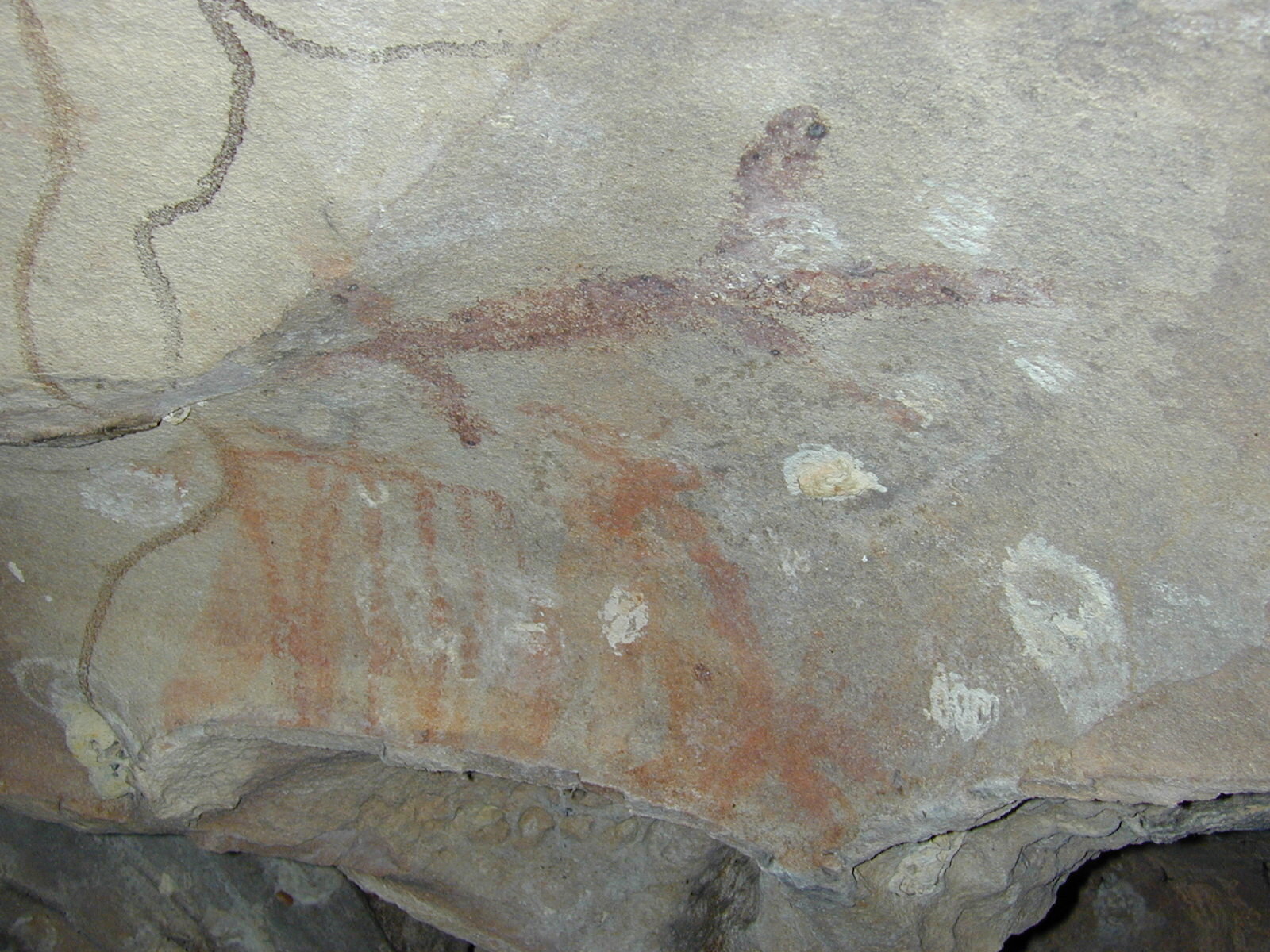
Djungan Historic Timeline.
Learn about the rich history of the Djungan People, ‘People of the Rock’.
c.37,000BP
Evidence of human occupation at Ngarraboolgan Cave can be traced back to c.37,000 BP.
1848
Explorer Edmund Kennedy and party follow the Hodgkinson River downstream, where spears were thrown at them by the Djungan People.
1874
J.V. Mulligan led a prospecting expedition to the south-east of the Palmer River, a journey where he re-named the Hodgkinson River and Mount Mulligan (real name Ngarraboolgan).
1875
J.V. Mulligan’s expedition arrives and re-names the Hann’s Range, today known as Hann’s Tableland.
1876
Establishment of Mt Mulligan, Hodgkinson Gold Field and Thornborough.
1870s - 1890s
Frontier violence in North Queensland led to the deaths of many Aboriginal people.
1879
The Parliament of Queensland passes the Aboriginals Protection and Restriction of the Sale of Opium Act 1897.
1880s to 1950s
The enactment of the Aboriginals Protection and Restriction of the Sale of Opium Act 1897 led to the establishment of reserves to which Aboriginal people could be forcibly removed by designated ‘Aboriginal Protectors’ – civil servants, police and missionaries. During this period many Djungan people were forcibly removed from their traditional lands and sent to missions in Yarrabah, Palm Island and Kowanyama.
c.1881
Djungan People were massacred.
1890
The Byrnes family established the Booloomboola Station, 32km from Thornborough, employing Aboriginal people.
1921
Mount Mulligan colliery explosion. Legend has it that ‘Eekoo’ warned the Djungan People to stay away from the mountain that day.
1930-1945
Removed Djungan families returned to country.
1957
The Mount Mulligan mine closes. The mine plant was taken to Collinsville and many of the miners followed. Businesses and houses were railed to Cairns.
1992
The Djungan people purchase Kondaparinga Station.
2012
The Federal Court of Australia recognises the Djungan people’s native title rights.
